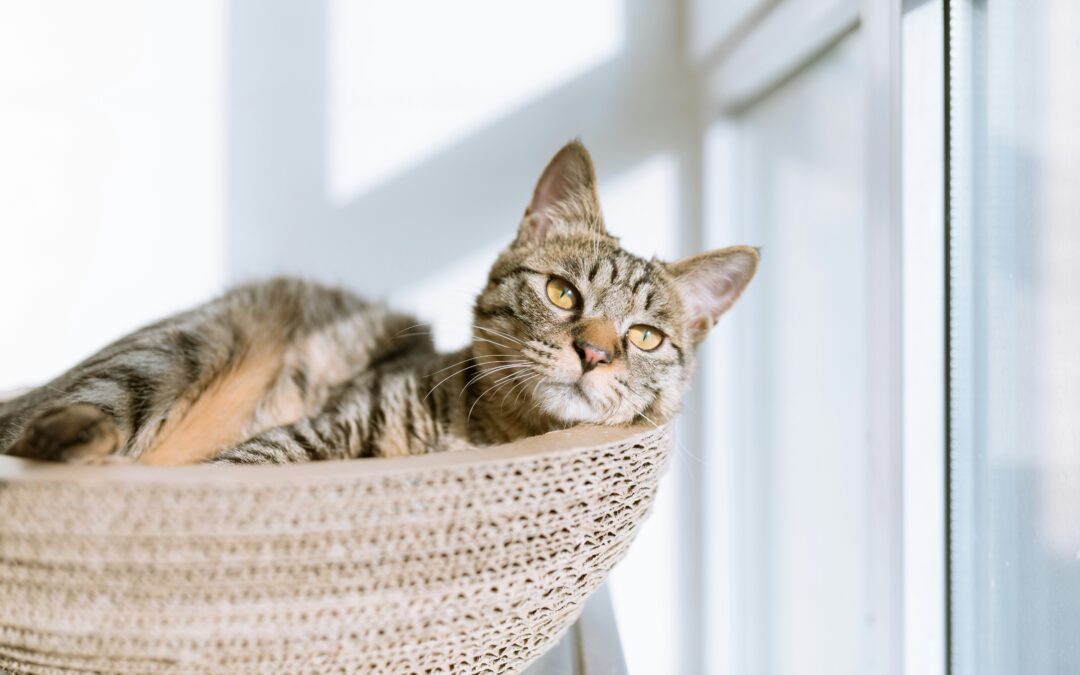As cat owners, one of our greatest concerns is ensuring our feline friends are happy and healthy. Recognizing signs of pain in cats can sometimes be challenging, as they can’t communicate in words like we do. However, animals do have ways of letting us know when something isn’t right. Here’s a guide from our team at Bellevue Cat Care Clinic to help you understand if your pet might be in pain and what steps you can take to help them feel better.
Signs of Pain in Cats:
1. Changes in Behavior:
Aggression or Irritability: If your normally friendly cat becomes aggressive or irritable, it could be a sign of pain.
Withdrawal: Cats in pain may withdraw from social interaction or avoid being touched.
Restlessness: Constantly shifting positions or pacing can indicate discomfort.
Whimpering or Whining: Vocalizing more than usual, especially when touching or moving.
2. Changes in Activity Level:
Decreased Activity: Reluctance to play, go for walks, or participate in activities they usually enjoy.
Limping or Favoring a Limb: Obvious signs of discomfort while moving.
3. Changes in Eating Habits:
Loss of Appetite: Refusing food or treats or eating less than usual.
Drinking Habits: Increased or decreased water intake can sometimes indicate underlying issues.
5. Changes in Grooming:
Decreased Grooming: Cats may stop grooming themselves due to pain.
Excessive Licking: Conversely, some cats may excessively lick or chew at painful areas.
6. Physical Signs:
Posture Changes: Hunched posture or guarding of certain body parts.
Panting or Shallow Breathing: Can sometimes indicate pain.
What You Can Do:
1. Observe Your Cat: Pay attention to changes in behavior, appetite, and activity level. Note any signs that seem unusual or persist over time.
2. Consult Your Veterinarian: If you suspect your cat is in pain, schedule a visit to your veterinarian. They can perform a thorough examination to diagnose the source of pain and recommend appropriate treatment.
3. Provide Comfort: Create a comfortable environment for your cat. Ensure they have a soft bed and a quiet space to rest. Avoid activities that may exacerbate their pain.
4. Follow Your Veterinarian’s Advice: If medication or specific treatments are prescribed, follow your veterinarian’s instructions carefully. Monitor your cat’s response to treatment and report any changes or concerns.
5. Maintain Regular Check-ups: Regular veterinary check-ups are essential for detecting health issues early, including those that may cause pain.
Being aware of signs of pain in cats and taking prompt action can significantly improve their quality of life. As responsible cat owners, it’s our duty to advocate for their health and well-being. By observing changes in behavior, consulting with your vet, and providing appropriate care, you can ensure your beloved companion receives the attention they need to live a comfortable and happy life.
If you’re concerned about your cat’s health or suspect they may be in pain, don’t hesitate to contact us. Our team is here to support you and your cat every step of the way. Together, we can ensure your cat receives the best possible care.



